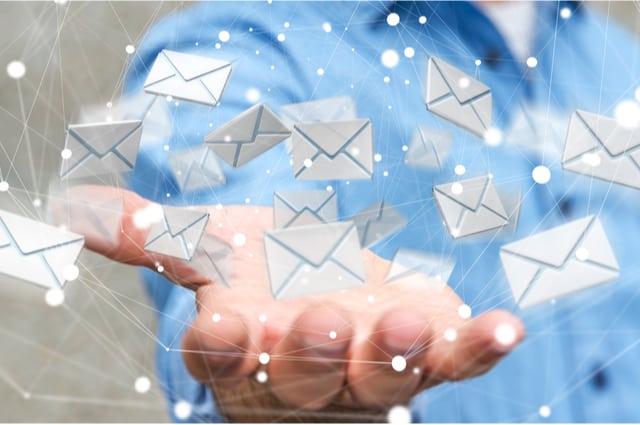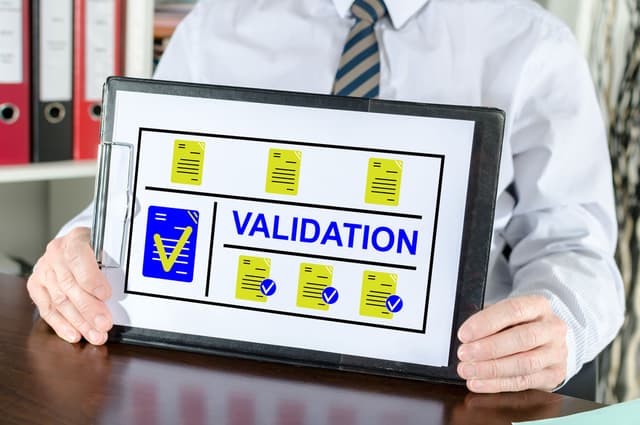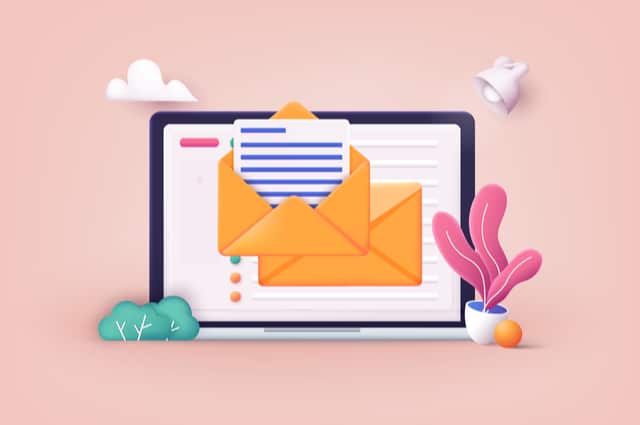What advantages do we really have from a good email subject line?
Email subject lines may make or break whether your email is read or even discovered in a cluttered inbox.
As per MailChimp, one of the top email as well as list building service providers, the most successful email subject lines are concise, informative, and provide a compelling reason for the client to click ‘open.’
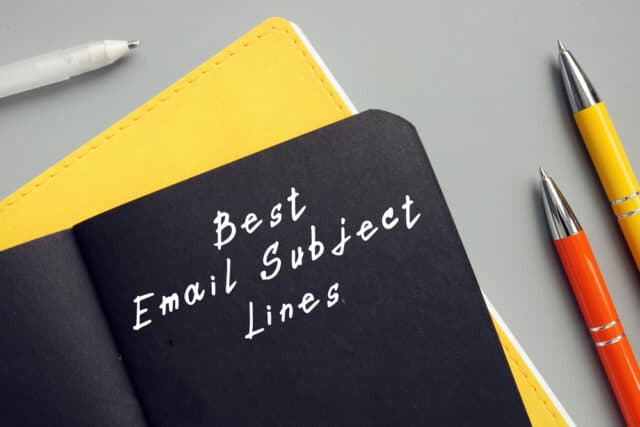
Knowing how to write a compelling email subject line can make the difference between losing subscribers and gaining devoted ones. So, it’s important to be aware of crucial engagement strategies.
You’ll discover how to write a superb subject line on a regular basis in this article. Your opening statement establishes the pace for the entire conversation in any relationship, and emails are no exception.
The value of your email is communicated to the reader through the subject line, which motivates them to read on and, perhaps, connect with your business on a profound level by reacting to your call to action (CTA).
A lousy subject line is more than simply annoying. It may cause your email to be labelled as spam, harming your reputation with customers and search engines.
In fact, 69 percent of email receivers classify emails as spam purely based on the subject line. If your readers don’t mark an email as spam, they’ll usually look at the subject line to see if it’s worth opening.
Even in a post-MPP environment, when open rate data is less accurate, subject line best practices should still be followed.
Effective, attention-grabbing email subject lines may boost interaction and keep your emails in the mailboxes of your potential and existing customers.
That is why, rather than leaving subject lines as a last-minute item to be done right before you click send, it is critical to prioritise them as a vital aspect of your email marketing efforts.
How to Create the Most Effective Email Subject Lines
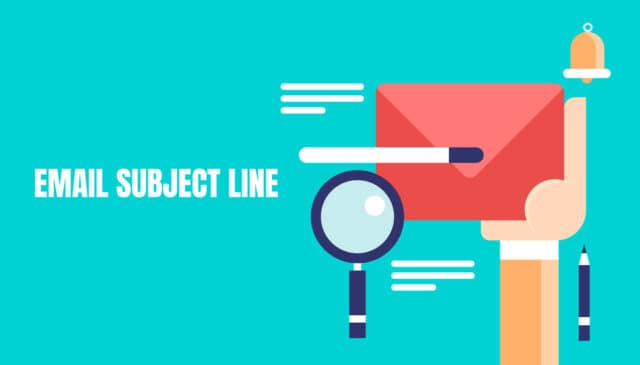
Before we get into some particular examples of effective email subject lines, let’s take a look at what goes into crafting a subject line that will resonate with the receiver. To keep on track, you must do the following:
Keep your audience (and your objectives) in mind.
When writing an email subject line, the most essential thing to remember is who your audience is and what activity you want them to do.
Are you attempting to sell something? Give a discount? Or are you attempting to communicate with your subscribers?
What details must be included in your subject line depends on your ultimate goal. Make it obvious what your email is worth and what it represents to your readers.
Keywords and phrases should be tested.

Don’t be hesitant to experiment with different terms and phrases to observe how your audience reacts. Tools like subjectline might assist you in creating a click-worthy headline. CoSchedule’s Headline analyzer is another popular tool.
A/B testing is a wonderful option if you’re not hesitant to attempt anything new. To increase engagement, use A/B testing. Before sending the best subject line to the rest of your subscriber list, review the efficiency of multiple subject lines.
You may also compare and evaluate other factors in your email campaigns, such as:
- What effect does the day of the week have on open rates?
- Does the time of day affect email open rates?
- Does incorporating a company name increase engagement?
- Is a subject line with an offer or incentive effective?
- How does a linked picture compare to text in terms of click-through rate?
- What are the click-through rates for emojis?
You may improve the methods that work and adjust the strategies that don’t by employing sophisticated technologies to track how people respond to different factors.
Make use of groups and segments.

You may send customized emails to folks who are interested in a certain piece or type of information by using groups and segments.
You may leverage data points you currently have from your clients, such as their occupation, interests, and geographic location, to develop tailored communications they will want to read.
You can boost the chances of them opening your message by creating a customized email, particularly for them.
Create some urgency among your audience.

To enhance open rates, include a chronology in your email subject lines. Although some subscribers may ignore or put off viewing certain marketing emails instantly.
Alerting them through your subject line that your email is time-sensitive may increase the chances of opening your message. They might remember to open it before forgetting about it, or it might become buried in a big list of unread messages.
To guarantee that readers understand the importance of receiving your emails now rather than later, use terms like “Limited Offer,” “Coming to an End Soon,” or “Offer Valid till Tonight”.
Don’t abuse this method, but if anything is genuinely time-sensitive, notify your readers in the subject line so they fully understand the message.
For a reason, urgency is a tried-and-true sales tactic: it works! “One day sale” or “24 hours left” are examples of phrases that drive your readers to act right away.
Use urgent language to make your audience feel compelled to open your email right away or risk missing out.
Use Questions to Engage People.

Email marketing should be used to create relationships with present and potential customers. It should, therefore, be a two-way track. A good technique to get a reaction is to ask a reader a question.
Pose a question in the subject line of your email and encourage your followers to react. If people are convinced they have been heard, they may be more attentive to what you have to say.
Subject lines with queries might immediately provide the idea that the email’s content is relevant to them.
And if they understand the benefits of maintaining a relationship with your company via email, they will be more willing to listen to your communications.
It need not be a hard question to answer. Some examples include “What health and fitness blunders are you making?” or “Can you tell me why your house isn’t selling?”
The very act of raising a direct question piques the reader’s interest and makes them want to learn the answer.
You may start experimenting with email subject lines by following the major recommendations we discussed above to see what works best for your audience.
You can be on your path to engaging subscribers with clever subject lines by evaluating what works and what doesn’t.
Make sure the length is correct.

In a busy and hectic environment, an email subject line that is difficult to understand will be discarded. Your subject line must be understandable at a glance.
According to MailChimp, the “sweet spot” with the highest click rate in a survey of 200 million emails was between 28 and 39 characters.
According to HubSpot, your message should be conveyed briefly but clearly in 50 characters or fewer.
You’ll need to test to see what length works best for your consumer base, but we suggest no more than 9 words as well as 50 characters.
A few more or fewer words will not have a significant impact on your results, but far too many words (over 20) or just no words at all will.
Leave out the phrase “newsletter.”
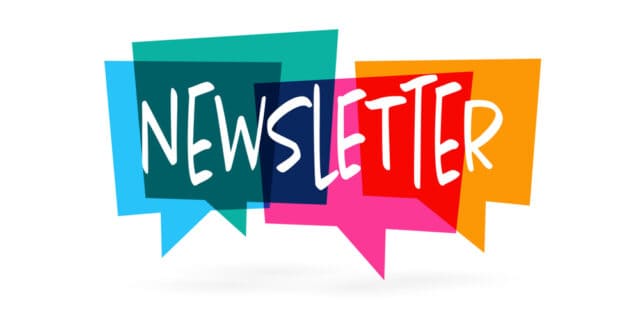
Under no circumstances should you include the word “newsletter” in the subject line of your mail. According to statistics, when this term appears in the subject line, email open rates drop by over 19%.
This is usually because consumers associate traditional newsletters with boredom rather than helpful information, as yours will be.
So, even if you’re putting out a newsletter, don’t bring it up. Mention the valuable material contained within the email itself.
Conduct A/B testing
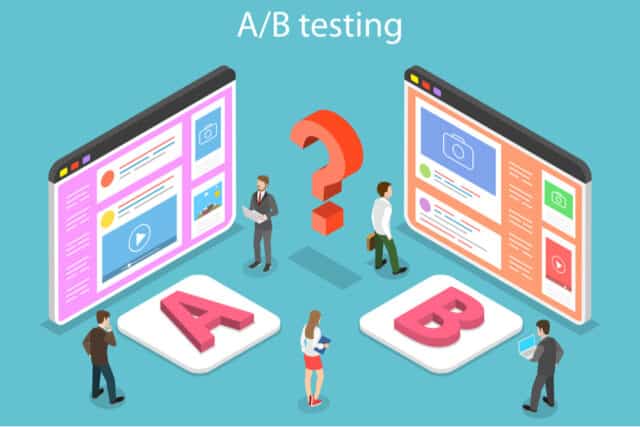
There are several approaches to writing effective email subject lines, and various approaches will perform better for different organizations.
Keep track of what actually works for your promotions so you can figure out what tactics work best for your specific company and email subscribers.
After you’ve sent out those email campaigns, you can see which ones had the highest open rates and most interaction.
A/B testing a few subject line variants is an excellent approach to ensure that the subject line you create is a winner. You may experiment with word length, amusing tone vs. serious tone, word choice, and a variety of other things.
Once you’ve determined what style of subject line your viewers like and respond to the most, you’ll be well on your way to the finest email marketing campaign openings and engagement you’ve ever seen.
If you notice specific trends arising when you use various types of email subject lines, you might be able to figure out which ones your readers like.
Stay away from spammy words, unusual characters, and SHOUTING.
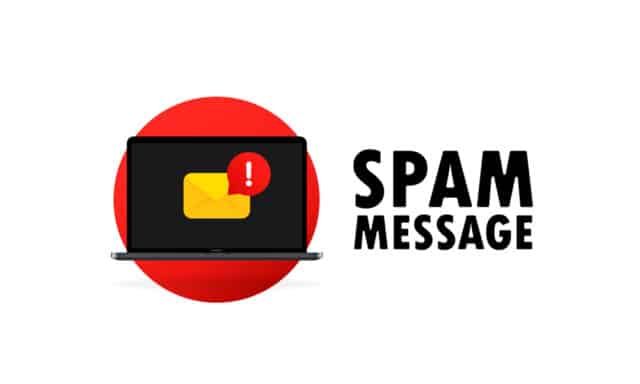
You’d prefer to maintain your sender reputation, which means avoiding the spam folder. Special characters (# percent *@) and communications in ALL CAPS scream “spam” to email recipients as well as internet service providers. These will, at best, result in an unsubscribe.
They’ll very certainly end up in the spam bin. Avoid the most prevalent spam terms in your subject lines and your email will stay out of the spam bin. Also, avoid using too many exclamation marks.
Think about all of your possibilities.

Email subject lines can take a variety of forms, from short and to the point to personalized, keyword-specific, and much more. Choose the one that best reflects your brand’s personality and the preferences of your target audience, and then get to work.
Don’t be afraid to use emojis.

When emojis first came out, it was controversial to use them in an email subject line. Those days are gone.
Studies show that incorporating emojis into subject lines increases open rates, and smart email marketers are reaping the benefits of this.
However, you must exercise caution when employing them. Too many emojis can appear spammy, and based on the tone of the email (such as a business email), they may be unsuitable.
We advise against using more than one emoji for every subject line. You should also check your emojis in different email clients and on different mobile devices, since they may show differently.
On the other hand, emojis may be a terrific addition if used with prudence and in accordance with the general tone of your email and business.
Don’t forget to provide preview text.

If your email’s subject line serves as the title, the preview content serves as the subtitle. It’s the text that appears after the subject line in your email subscriber’s inbox until they click inside the email.
If you don’t change the preview text, it will be taken from the beginning of your email. This is good, but if you just want to make your email stand out, consider adding some preview language that adds value to your email.
Preview text provides you with more areas to play off your subject line. It helps to tease the email content, and attract your subscribers’ interest—try to make the most of it!
Use targeted subject lines for segmented audiences.

Increasing your sales by fragmenting your email list by geographic region, age, gender, occupation, spending behavior, interests, job, or whatever else you wish to target is a terrific way to do so. Email subject lines must be carefully prepared to get recipients to open the message.
Customers appreciate your business when you send them a personalized subject heading. Using this information, you can immediately send your customers a personalized subject heading.
Include a numerical value in your subject line.

Incorporating numbers into blog article headers boosts click-through rates by 206%. Despite the fact that the study concentrates on blog posts, subject lines in emails have a specific goal: they increase list clicks.
The use of numbers in subject lines, such as in blog post titles, improves email open rates. As per a recent study conducted on over 115 million emails, when a number appears in the subject line, the open and reply rates have increased.
Numbers and facts draw attention to your emails, display a clear and obvious message about your offer, and assist in creating the proper expectations for your readers, thus attracting them.
Test title case subject lines

Subject lines in title cases, as per studies, are the most effective in raising open and reply rates.
According to the study, the psychological basis behind the success of the title case is perceived authority.
Even utilising title case instead of sentence case or entirely lower case in an email subject line demonstrates the sender’s authority. It’s the difference between going to an interview in a suit rather than trousers.
What does a title case look like?
Title case: I Love the Tuxmailer App for Email Validation Services.
Sentence case: I love the tuxmailer app for email validation services.
Lower case: i love the tuxmailer app for email validation services.
Integrate a call to action.
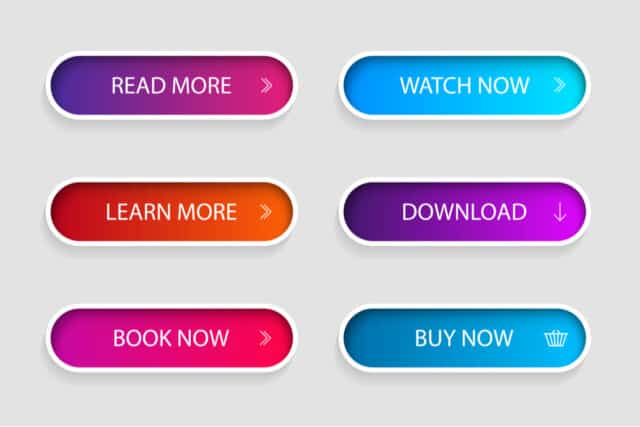
What do you want individuals to do once they read your emails? After reading your subject line, what would you like your readers to do next?
Once you’ve determined your objective, the simplest approach to convincing subscribers to do what you want is to just ask them.
Say something like, “Click to reap the benefits of our new offer.” Or “exclusively for subscribers,” or “See how simple it can be to save more with us,” if you really want them to check your email to discover more about your firm’s existing offer.
Subject lines like this inform readers about the goal of your email before they have even opened it.
People on your mailing list who are enthusiastic about your offer will most likely desire to view your emails after reading such subject lines.
And finally, FOMO (fear of missing out).
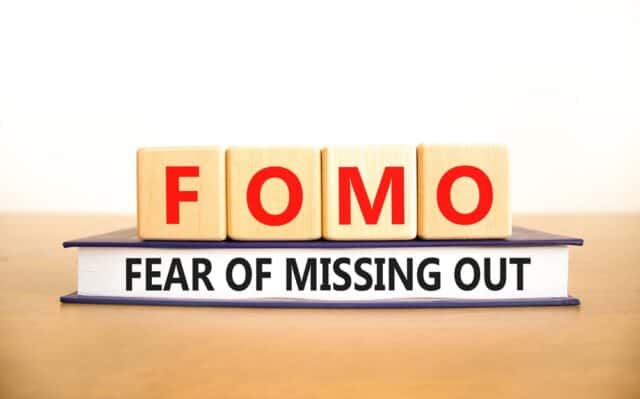
FOMO is a great way to inspire interest in your email newsletter. The more urgent your subject line, the better. Use phrases like “final chance,” “going to expire,” and “limited capacity” as well.
These terms will make your readers feel as if there is a limited amount of time to take advantage of your offer. This will motivate them to view your email newsletter as soon as possible.
Don’t send emails that don’t really need to be sent. Your customers won’t appreciate it. Make sure you give them something useful or interesting before sending out an urgent email.
Wrap up

Email is an effective medium for communicating with customers. It’s also a great approach to keep them informed about your activities.
It is important to give out valuable information to your customers. This helps them learn more about your company and what you do.
We need to get our content in front of subscribers to reach that stage in our connection with them.
This entails getting it beyond the quick inbox skim that most individuals use to deal with their everyday inbox overload.
Writing a basic subject line is an easy task. However, crafting one that increases open rates and gets readers re-engaged is a bit trickier than you might think.
Subscribe to our Newsletter
Sign up to receive email updates on new product announcements, exclusive sales and marketing content, special offers on email validation plans, and more.
We send curated content as per your preference and do not indulge in spam!
What would you like to know about
We’re committed to your privacy. TuxMailer uses the information you provide to us to contact you about our relevant content, products, and services. You may unsubscribe from these communications at any time. For more information, check out our privacy policy.
